Worried about the Chinese threat to Taiwan, the U.S. and others have tried to expand their piece of the island’s semiconductor production.
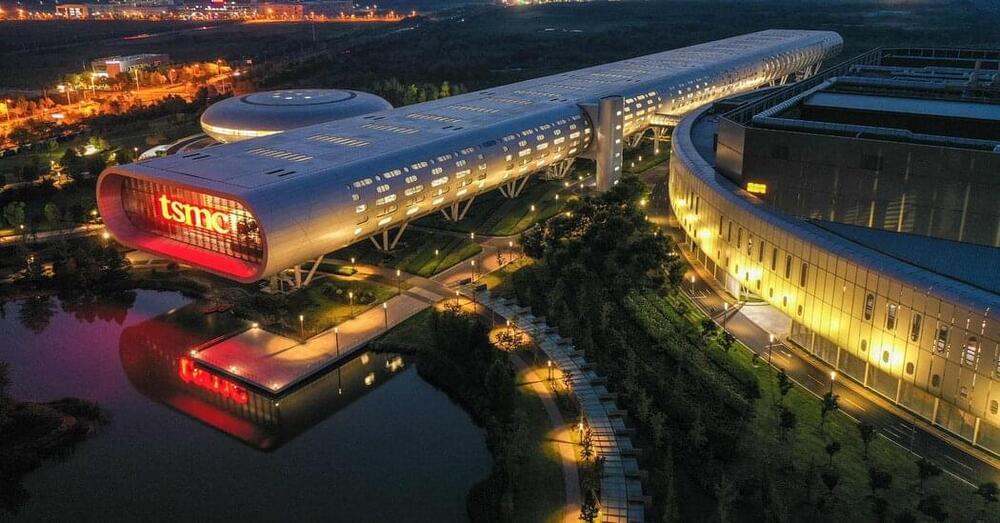


Watch a movie backwards and you’ll likely get confused—but a quantum computer wouldn’t. That’s the conclusion of researcher Mile Gu at the Centre for Quantum Technologies (CQT) at the National University of Singapore and Nanyang Technological University and collaborators.
In research published 18 July in Physical Review X, the international team shows that a quantum computer is less in thrall to the arrow of time than a classical computer. In some cases, it’s as if the quantum computer doesn’t need to distinguish between cause and effect at all.
The new work is inspired by an influential discovery made almost 10 years ago by complexity scientists James Crutchfield and John Mahoney at the University of California, Davis. They showed that many statistical data sequences will have a built-in arrow of time. An observer who sees the data played from beginning to end, like the frames of a movie, can model what comes next using only a modest amount of memory about what occurred before. An observer who tries to model the system in reverse has a much harder task—potentially needing to track orders of magnitude more information.


An encryption tool co-created by a University of Cincinnati math professor will soon safeguard the telecommunications, online retail and banking and other digital systems we use every day.
The National Institute of Standards and Technology chose four new encryption tools designed to thwart the next generation of hackers or thieves. One of them, called CRYSTALS-Kyber, is co-created by UC College of Arts and Sciences math professor Jintai Ding.
“It’s not just for today but for tomorrow,” Ding said. “This is information that you don’t want people to know even 30 or 50 years from now.”
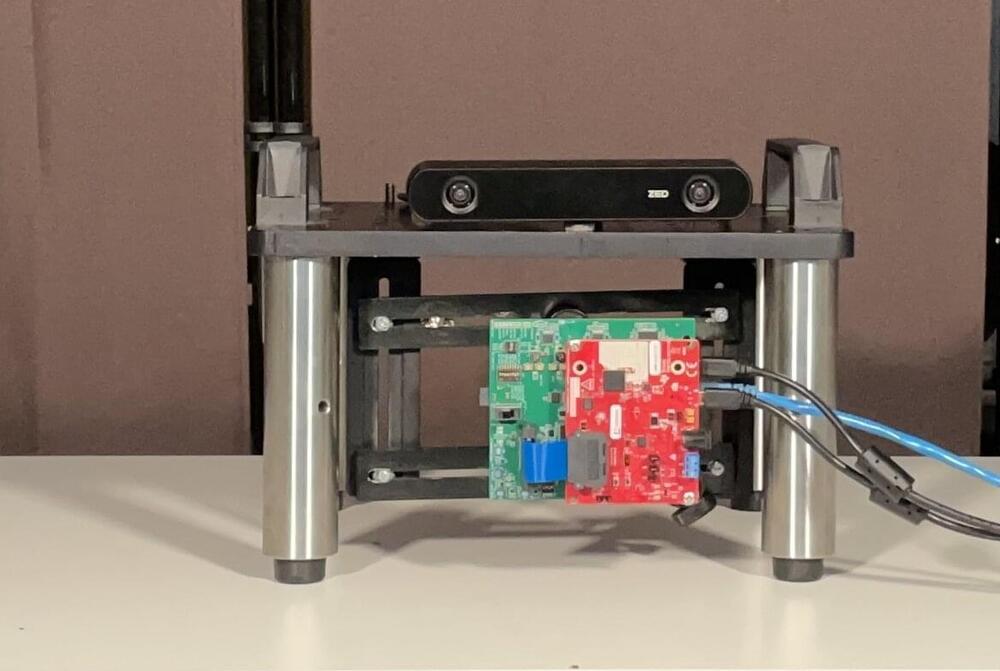
As telemedicine has grown more popular, so have devices that allow people to measure their vital signs from home and transmit the results by computer to their doctors. Yet in many cases, obtaining accurate remote readings for people of color has proved a persistent challenge.
Take remote heart rate measurements, for example, which rely on a camera sensing subtle changes in the color of a patient’s face caused by fluctuations in the flow of blood beneath their skin. These devices, part of an emerging class of remote technologies, consistently have trouble reading color changes in people with darker skin tones, said Achuta Kadambi, an assistant professor of electrical and computer engineering at the UCLA Samueli School of Engineering.
Kadambi and his team have now developed a remote diagnostic technique that overcomes this implicit bias against darker skin while also making heart rate readings more accurate for patients across the full range of skin tones. Their secret? Combining the light-based measurements of a camera with radio-based measurements from radar.
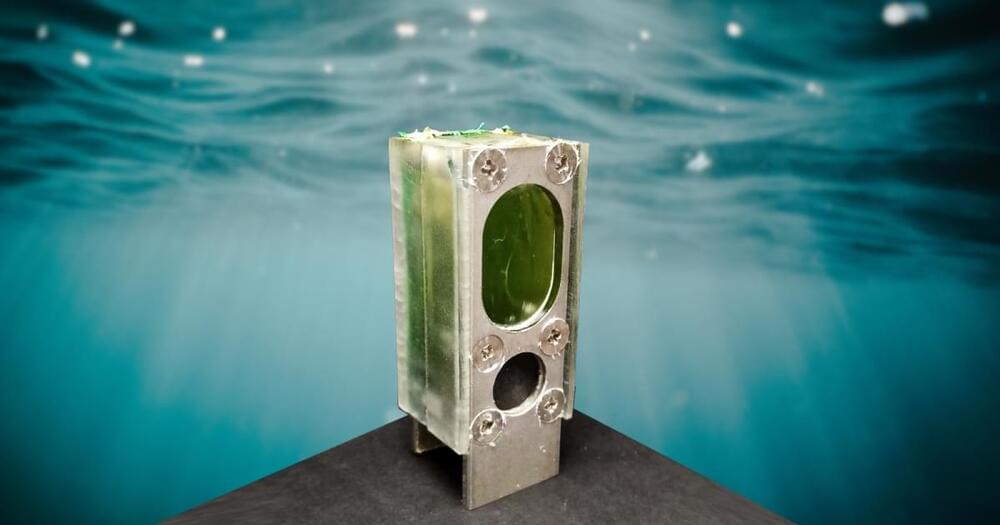
An algae-powered computer: Researchers from the University of Cambridge and British tech company Arm have now demonstrated a different source of power for IoT devices: algae.
For their study, published in the journal Energy & Environmental Science, the team built a container about the size of a AA battery out of aluminum and clear plastic. They then filled it with water and algae that use photosynthesis to harvest energy from sunlight.
That process produces a small electric current. An electrode in the device uses that current to power a tiny computer processor commonly used in IoT devices.
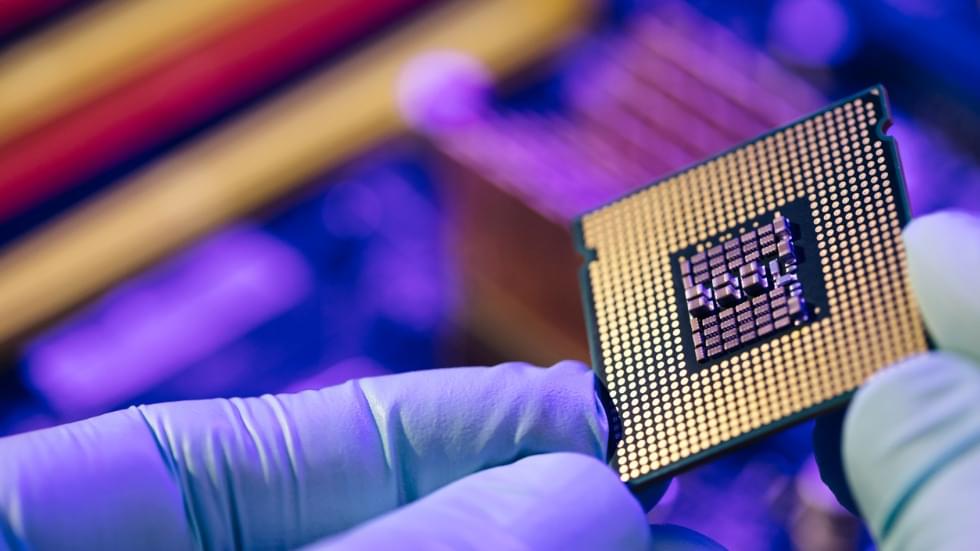
The CHIPS Act of 2022 was signed into law on Aug. 9. It provides tens of billions of dollars in public support for revitalization of domestic semiconductor manufacturing, workforce training, and “leap ahead” wireless technology. Because we outsource most of our device fabrication — including the chips that go into the Navy’s submarines and ships, the Army’s jeeps and tanks, military drones and satellites — our industrial base has become weak and shallow. The first order of business for the CHIPS Act is to address a serious deficit in our domestic production capacity.
Notoriously absent from the language of the bill is any mention of chip security. Consequently, the U.S. is about to make the same mistake with microelectronics that we made with digital networks and software applications: Unless and until the government demands in-device security, our competitors will have an easy time of manipulating how chips function and behave. Nowhere is this more dangerous than our national security infrastructure.

Orbiting around 420 kilometers (261 miles) above our heads, the astronauts of the Internation Space Station (ISS) get a view of Earth like no other. Sometimes, it’s spectacular auroras, other times it’s something more… curious.
European Space Agency (ESA) astronaut Samantha Cristoforetti – no stranger to having a bit of fun in space – took to Twitter yesterday to share what she called an “intriguing sight”, a bright dot apparently shining in the Negev desert in southern Israel. Related StoriesAfter 175 Years, Two False Conjectures, And The Birth Of Computing, This Theorem Finally Has A ProofExperiment To Find Elusive “Chameleon” Fifth Force Suggests It Doesn’t Actually ExistPerseverance Samples Hold Key To Understanding Water-Rich Martian Past.
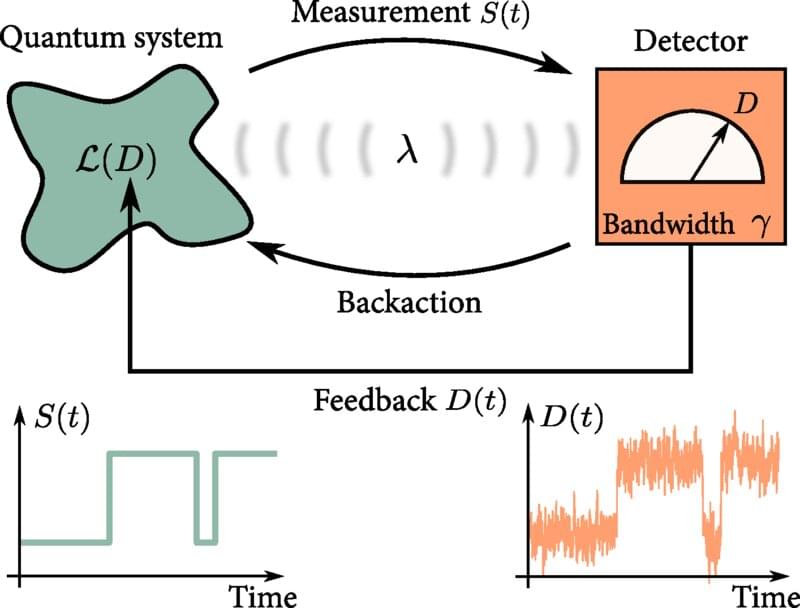
As the size of modern technology shrinks down to the nanoscale, weird quantum effects—such as quantum tunneling, superposition, and entanglement—become prominent. This opens the door to a new era of quantum technologies, where quantum effects can be exploited. Many everyday technologies make use of feedback control routinely; an important example is the pacemaker, which must monitor the user’s heartbeat and apply electrical signals to control it, only when needed. But physicists do not yet have an equivalent understanding of feedback control at the quantum level. Now, physicists have developed a “master equation” that will help engineers understand feedback at the quantum scale. Their results are published in the journal Physical Review Letters.
“It is vital to investigate how feedback control can be used in quantum technologies in order to develop efficient and fast methods for controlling quantum systems, so that they can be steered in real time and with high precision,” says co-author Björn Annby-Andersson, a quantum physicist at Lund University, in Sweden.
An example of a crucial feedback-control process in quantum computing is quantum error correction. A quantum computer encodes information on physical qubits, which could be photons of light, or atoms, for instance. But the quantum properties of the qubits are fragile, so it is likely that the encoded information will be lost if the qubits are disturbed by vibrations or fluctuating electromagnetic fields. That means that physicists need to be able to detect and correct such errors, for instance by using feedback control. This error correction can be implemented by measuring the state of the qubits and, if a deviation from what is expected is detected, applying feedback to correct it.
